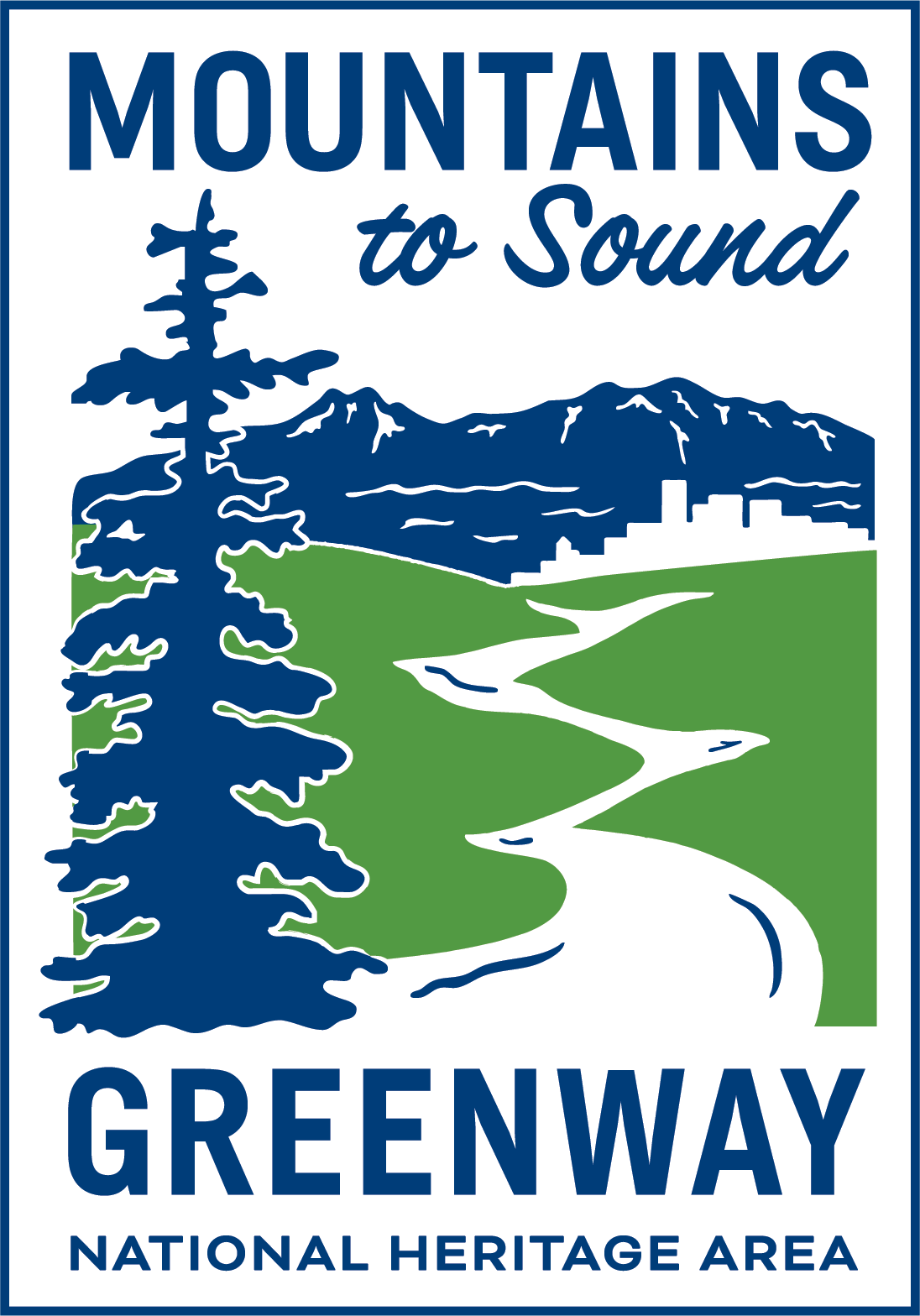Growth and Gravel: Grouse Ridge
The Mountains to Sound Greenway Trust is committed to protecting the long-term forested character of the Interstate 90 corridor through the Cascades. And the challenge of keeping significant, connected forest lands in the face of powerful urban growth has led the Greenway Trust into areas where many conservation groups typically would not tread.
In 1998, the Greenway Trust supported an innovative compromise for land use at Grouse Ridge, just east of North Bend in the Snoqualmie Valley, which led to public conservation of 1380 acres of forest land, an additional donation of 255 acres of land to the public, and a well-designed gravel mine on the north side of I-90.
The land mass of Grouse Ridge is made up of two massive gravel deposits on both sides of the river at the gateway to the Middle Fork Snoqualmie. Public agencies could never fund the outright purchase of these lands from the landowner Weyerhaeuser, estimated to be worth $200 million in gravel in the 1990s. The property has long been zoned for forestry and gravel mining.
Weyerhaeuser, as well as King County, the Washington State Department of Natural Resources, The Trust for Public Land and the Greenway Trust came together to creatively protect thousands of acres of forest land while providing gravel for rapid construction and growth in the Puget Sound area. This innovative agreement conserved ecologically sensitive lands along the Middle Fork Snoqualmie, while extracting gravel closer to Interstate 90 and a major freeway interchange for more efficient transport.
Weyerhaeuser owns the land and contracted with Cadman, Inc. to operate the mine. The Greenway Trust and partner organizations agreed to support the permit application for the mine operation if the mine could be hidden from the eyes and ears of neighbors and travelers and would protect air and water resources and the natural environment around the site. Cadman hired Jones and Jones, landscape architects, to design a mine plan that meets these high standards.
The mining areas themselves are shaped like bowls in the top of the ridge so they are less visible from any side. A conveyer system moves material from the upper site to the lower site, reducing the need for truck transport and allowing for processing with a minimal footprint.
And the best is yet to come – when mining is complete, (est. 2050-2060 according to Cadman mine operators) the land (roughly 650 acres of mine sites) will be revegetated and donated to the Washington State Department of Natural Resources in trust for King County, returning this land to publicly-owned forest in perpetuity.
MAP OF CONSERVATION, MINE AREAS
PHOTO OF MINE

